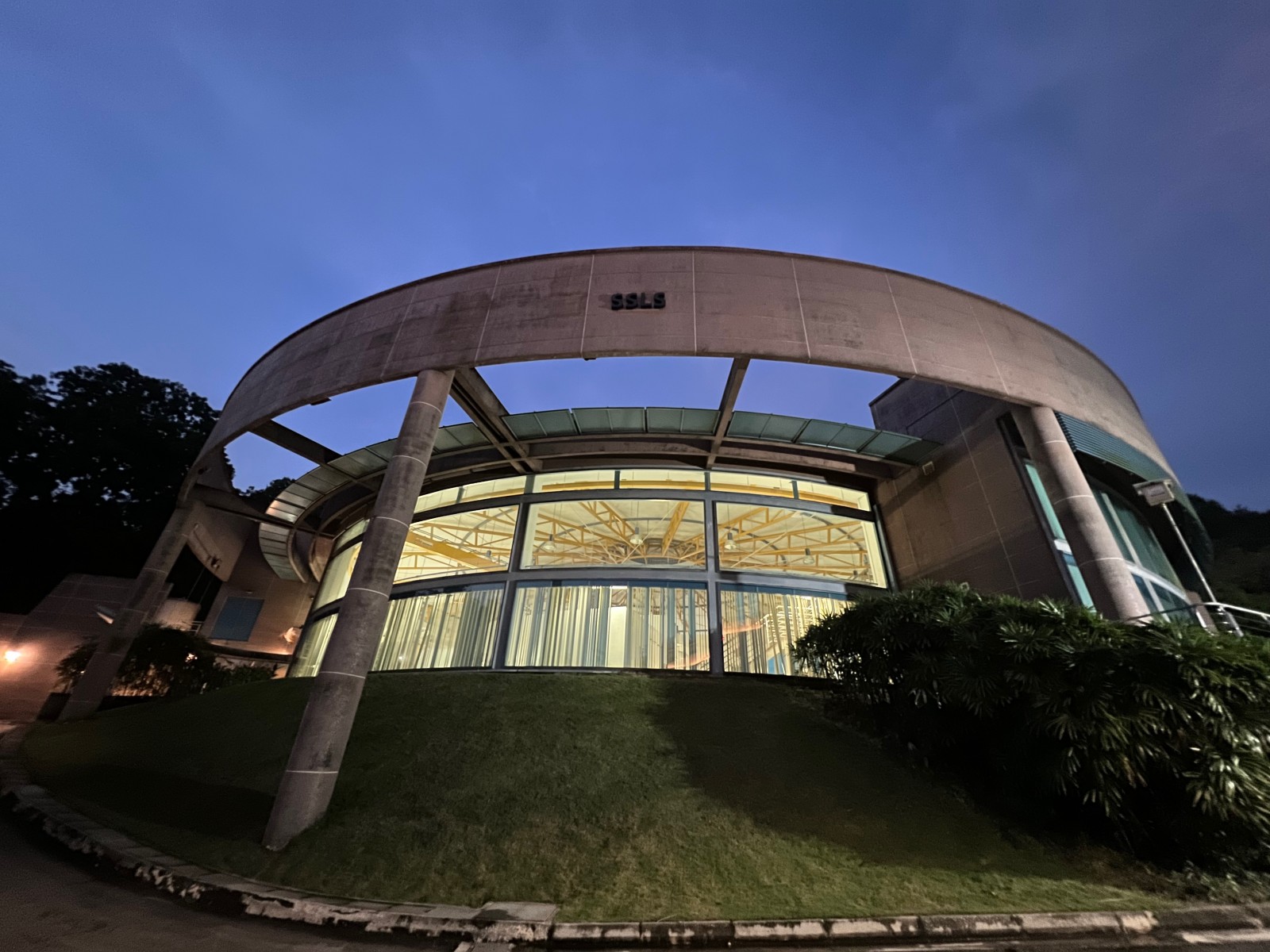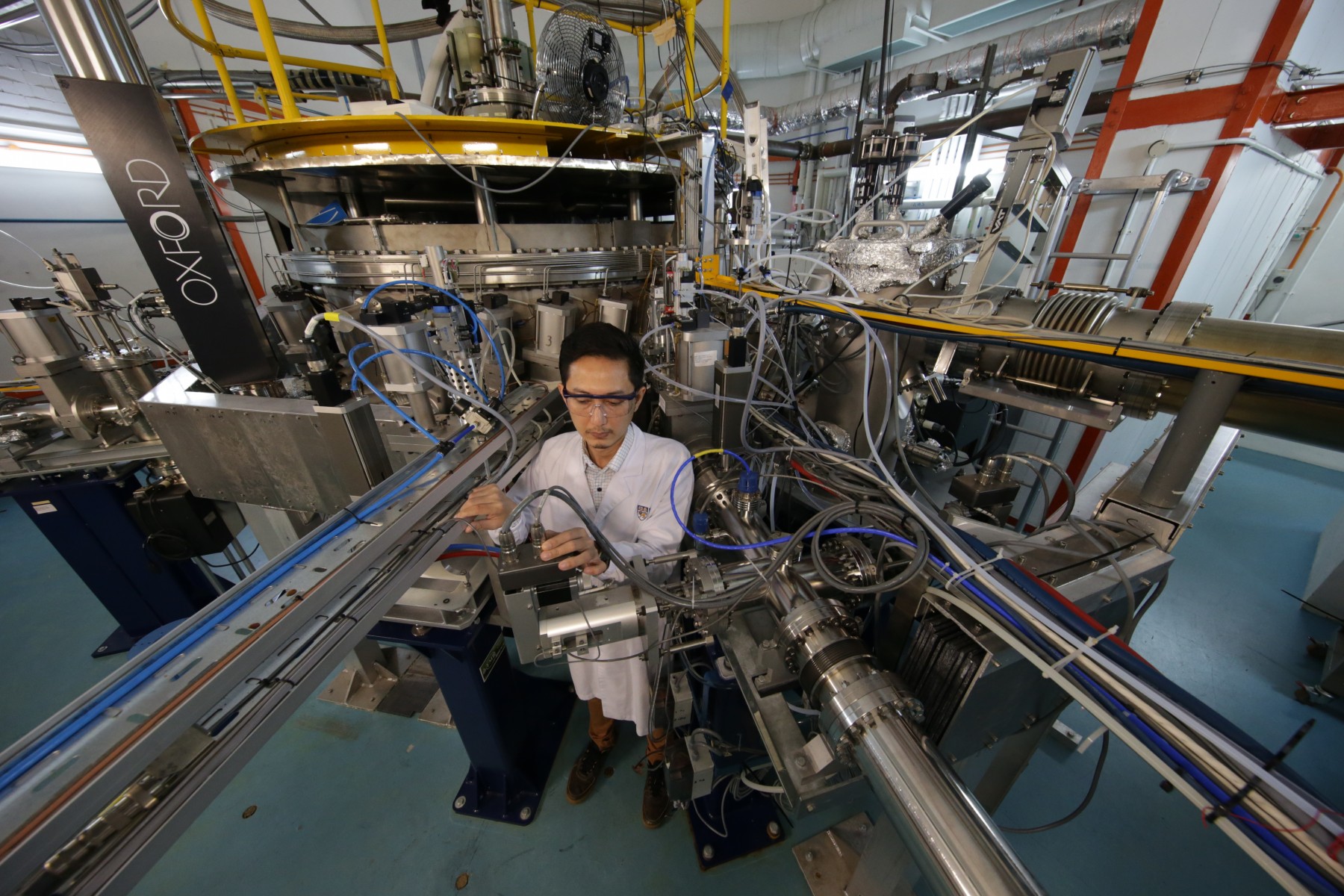
NUS and the National Research Foundation, Singapore (NRF) have launched the National Synchrotron Programme (NSP) today to promote and anchor synchrotron research in the country. As part of the launch, NUS and the Australian Nuclear Science and Technology Organisation (ANSTO) have signed an agreement giving Singapore researchers preferred access to the Australian Synchrotron.
Hosted by NUS, the S$16 million NSP brings together all Singapore-based research institutions, agencies, and industry into a vibrant ecosystem of synchrotron-related research. This will advance knowledge, create unique tools and techniques, and develop the talent to light-up Singapore's synchrotron efforts globally.
The NSP will coordinate resources for synchrotron research locally at the Singapore Synchrotron Light Source (SSLS), which is based at NUS' Kent Ridge campus, and overseas through the International Synchrotron Access (ISA) initiative that complements the capabilities of the current facility.
Under the ISA initiative, a five-year collaboration agreement was signed between NUS and ANSTO that allows Singapore researchers to use ANSTO's synchrotron facilities in Melbourne.
The launch ceremony took place during Singapore Prime Minister Lee Hsien Loong's official visit to Australia for the 7th Singapore-Australia Leaders' Meeting on 17 October 2022. It was witnessed by Singapore Minister for Trade and Industry, Mr Gan Kim Yong, and Australian Minister for Industry and Science, the Hon Ed Husic MP.
Professor Chen Tsuhan, NUS Deputy President (Research and Technology), said, "Synchrotron facilities are crucial to many disciplines such as the life sciences, materials science, environmental analysis, and micro/nano fabrication. Advancements in synchrotron research have enabled scientists to probe a wide range of materials and conduct scientific experiments that eventually lead to important discoveries. NUS is excited to host the National Synchrotron Programme and its International Synchrotron Access initiative, which will broaden our scientists' access to such premier research facilities, and in turn, accelerate the pace of innovation to bring about game-changing solutions that benefit society."
"We are delighted to partner ANSTO as our first collaborator under the International Synchrotron Access initiative. This will further strengthen and deepen the research linkages between scientists in Singapore and Australia, and bring new opportunities of joint research in areas of common interests," Prof Chen added.

Director of the Australian Synchrotron, Professor Andrew Peele welcomed the announcement of a collaborative partnership between ANSTO and the National University of Singapore.
"ANSTO's Australian Synchrotron is one of the largest and most significant standalone pieces of scientific infrastructure in the southern hemisphere, making groundbreaking contributions to Australia's scientific research endeavours," Professor Peele said.
"This new partnership will enable greater access to the specialised tools and techniques required to carry out important research and deliver strong outcomes for both nations' scientific research capabilities."
Greater access to synchrotron capabilities locally and overseas
A synchrotron is a machine that accelerates charged particles, such as electrons at extremely high energies to produce an electron beam that travels at almost the speed of light. The resulting light emitted in synchrotrons has many useful properties - it can be filtered and adjusted to travel into experimental workstations where light hits samples to illuminate the innermost secrets of materials, from human tissue to plants to metals and more.
Synchrotrons cater to users from various domains such as biosciences, medical research, environmental sciences, agriculture, and advanced materials. For example, plant biologists have used synchrotron light sources to produce 'metal maps' of rice grains that accurately tracks the diffusion of key nutrients such as iron and zinc at sub-micron resolutions, leading to breakthroughs in better biofortification of rice.
The SSLS, designated as a National Research Infrastructure located at NUS, has been in operation for over two decades, catering to a wide range of local and international, academic, agencies and industry users from different domains. With the evolution and broadening of research fields in Singapore, the number of users and demand for higher energy and more sophisticated light sources have increased over the years. On top of tapping on the SSLS, Singapore scientists have been collaborating with international synchrotrons worldwide.
The Australian Synchrotron operated by ANSTO in Australia is popular with Singapore researchers as its wider energy range and advanced capabilities such as macromolecular crystallography, phase contrast imaging, X-ray scattering, and absorption ideally complement the SSLS.
Dr Jasbir Singh, Director (National Research Infrastructure) at NRF, said, "Synchrotron techniques hold immense potential for advancing fundamental knowledge across various scientific fields. The National Synchrotron Programme will accelerate Singapore researchers into international developments. Furthermore, its International Synchrotron Access initiative with Australia will also expand our current synchrotron capabilities.
"We are confident that the Programme will strengthen Singapore's synchrotron research capabilities and nurture a pipeline of manpower and expertise to address national needs in the future."
International Synchrotron Access initiative
The ISA initiative complements the existing SSLS to facilitate greater scope, engagement, and access by Singapore researchers to advanced synchrotrons around the world. For the first phase, the ISA will partner with ANSTO's Australian Synchrotron in Melbourne, with the eventual aim of broadening the scheme to include other leading international sites.
Three calls will be put out each year for Singapore researchers who are keen to use the synchrotrons to submit proposals to the NSP for review by its technical committee. Approved experiments will be scheduled to be carried out at either local or overseas sites.
National Synchrotron Programme
Besides overseeing the SSLS and the newly launched ISA initiative, the NSP will offer outreach activities and expertise to evaluate and analyse research problems that can spark the use of synchrotron techniques to further advance the science. With the evolving global landscape on synchrotron developments, the NSP will be at the forefront of synchrotron developments and help to actively train fresh talent for the development of manpower in synchrotron-related activities.
More details on the NSP and its ISA initiative can be found at http://synchrotron-sg.org.







